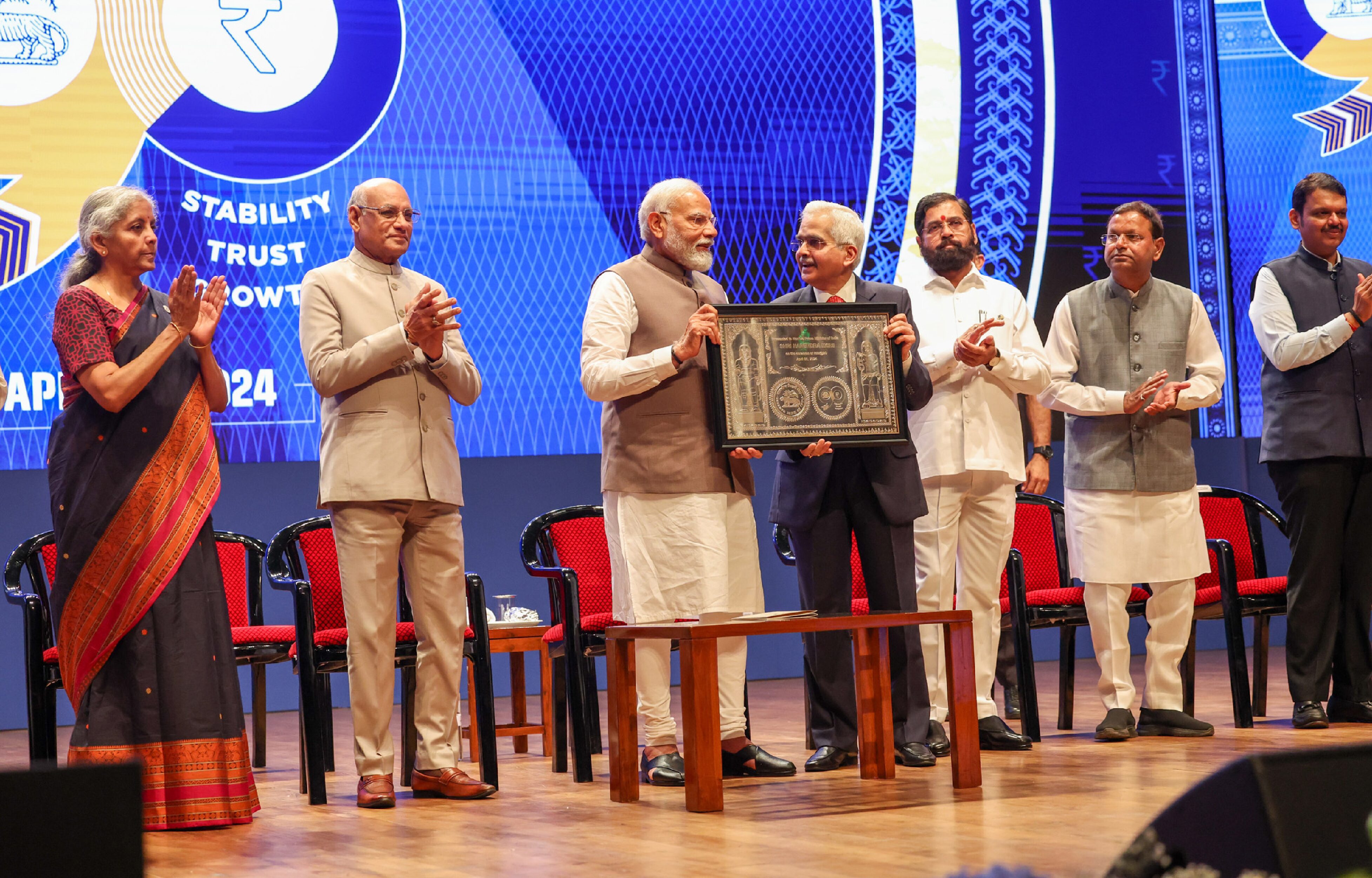Covid-19 pandemic has triggered the worst global recession in 2020 since the Great Depression; the adverse economic impact is, however, expected to be lesser than initially feared. The resulting economic crisis has led to a sharp decline in global trade, lower commodity prices and tighter external financing conditions with varying implications for current account balances and currencies of different countries. Global merchandise trade is expected to contract by 9.2 per cent in 2020, says the Economic Survey 2020-21 tabled by the Union Minister for Finance & Corporate Affairs, Smt Nirmala Sitharaman in Parliament today.
The Economic Survey observes that India’s decline in imports outweighed that in exports – leading to smaller trade deficit of US$ 57.5 billion in April-December, 2020-21, compared to US$ 125.9 billion in corresponding period last year.
CURRENT ACCOUNT:
- Exports
In April-December, 2020-21, merchandise exports contracted by (-) 15.7 per cent to US$ 200.8 billion from US$ 238.3 billion in April-December, 2019-20. This can be attributed to the Petroleum, Oil and Lubricants (POL) exports that have contributed negatively to export performance during the period under review, while Non-POL exports turned positive subsequently and helped in improving export performance in Q3 of 2020-21. Within Non-POL exports, agriculture & allied products, drugs & pharmaceutical and ores & minerals recorded expansion, according to the Economic Survey 2020-21.
- Imports
The total merchandise imports declined by (-) 29.1 per cent to US$ 258.3 billion during April-December, 2020-21 from US$ 364.2 billion during the same period last year. The sharp decline in POL imports pulled down the overall import growth. While the imports contracted sharply in Q1 of 2020-21, the pace of contraction eased in subsequent quarters, owing to the accelerated positive growth in gold and silver imports and narrowing contraction in non-POL, non-gold & silver imports. Fertilizers, vegetable oil, drugs & pharmaceuticals and computer hardware & peripherals have contributed positively to the growth of non-POL, non-Gold & Silver imports. Trade balance with China and the US improved as imports contracted, says Economic Survey 2020-21.
- Services
Net services receipts amounting to US$ 41.7 billion remained stable in April-September 2020 as compared with US$ 40.5 billion in corresponding period a year ago. Resilience of the services sector was primarily driven by software services, which accounted for 49 per cent of total services exports, observes the Economic Survey 2020-21.
Net private transfer receipts, mainly representing remittances by Indians employed overseas, totaling US$ 35.8 billion in H1: FY 2020-21 declined by 6.7 per cent over the corresponding period of previous year.
In H1: FY 2020-21, steep contraction in merchandise imports and lower outgo for travel services led to a sharper fall in current payments (by 30.8 per cent) than current receipts (15.1 per cent) – leading to a current account surplus of US$ 34.7 billion (3.1 per cent of GDP).It is expected that India will end with an annual current account surplus after a period of 17 years, notes the Economic Surevey, 2020-21.
CAPITAL ACCOUNT:
The Economic Surevey, 2020-21, observes that the Balance on the capital account is buttressed by robust FDI and FPI inflows. During April-October, 2020, net FDI flows recorded an inflow of US$ 27.5 billion, 14.8 per cent higher as compared to first seven months of 2019-20.These developments in current and capital account led to accretion of foreign exchange reserves that rose to an all-time high of US$ 586.1 billion as on January 8, 2021.
As at end-September 2020, India’s external debt was placed at US$ 556.2 billion, recording a decrease of US$ 2.0 billion (0.4 per cent) over the level, as at end-March 2020, with marginal rise in its ratio to GDP to 21.6 per cent. The debt vulnerability indicators such as the ratio of foreign exchange reserves to total and short-term debt (original and residual) and short-term debt (original maturity) to the total stock of external debt improved. Debt service ratio (principal repayment plus interest payment), however, increased to 9.7 per cent as at end-September 2020, compared to 6.5 per cent as at end-March 2020, reflecting lower current receipts.
Economic Survey, 2020-21 says that RBI’s interventions in forex market have been largely successful in controlling the volatility and one-sided appreciation of the Rupee. High levels of headline inflation, however, posits the classical trilemma before RBI to maintain a fine balance between tightening of monetary policy to control inflation on the one hand and stimulate growth on the other hand. Against the aforesaid backdrop, various initiatives undertaken to promote exports, including Production Linked Incentive (PLI) Scheme, Remission of Duties and Taxes on Exported Products (RoDTEP), emphasis on improvement of trade logistics infrastructure and use of digital initiatives would go a long way in enabling ‘ease of doing exports’.
 Indian Industry Plus A Pratisrutiplus Suppliment
Indian Industry Plus A Pratisrutiplus Suppliment
















